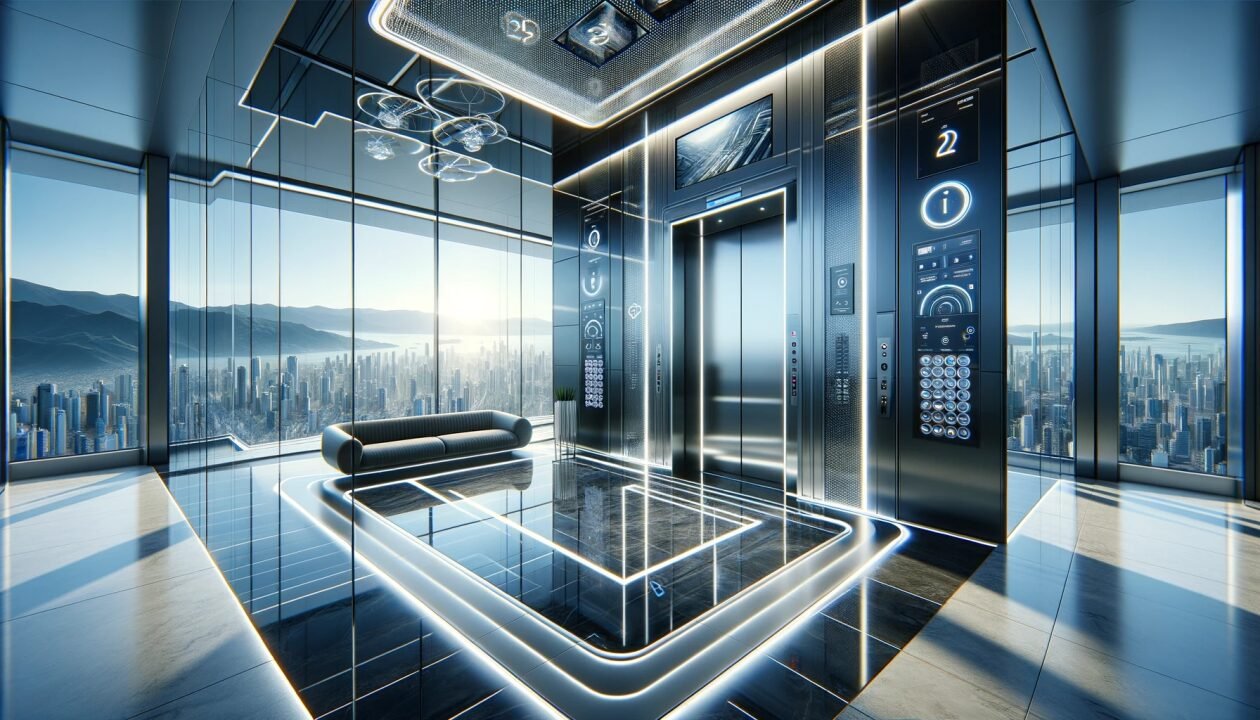Humans, once believed to have evolved from monkeys, still lag behind our primate counterparts in one specific skill:
vertical climbing. Monkeys effortlessly navigate vertical terrain, leaving us to marvel at their agility. However, our superior intellect has propelled us far beyond this in various fields, notably in the realm of vertical transportation, where elevators and lifts play pivotal roles. Around 2,200 years ago, the polymath Archimedes, known for his contributions to mathematics, physics, engineering, astronomy, and invention, crafted one of the earliest lifts. Employing hoisting ropes wound around a drum connected to a capstan operated by human labor (specifically slaves), Archimedes laid the foundation for vertical transport. This primitive elevator system was widespread in ancient Greece and was also utilized by the Romans to transport animals and goods at the Colosseum.
The industrial revolution in the mid-18th century thrust elevators into the spotlight. Initially relying on pistons and cylinders, elevators evolved to incorporate cables, tackles, and pulleys to facilitate movement. Concerns about rope reliability persisted until Elisha Otis revolutionized safety in 1854 by devising a system that halted the elevator in case of cable failure. Further advancements, including the introduction of the first electrical elevator by Werner von Siemens, followed by Alexander Miles’ automated door mechanism in the early 20th century, refined vertical transport. Gearless traction electric elevator motors emerged, and subsequent decades witnessed improvements in materials like MS, SS, carbon fibers, and high-grade steel, enhancing cabin and door construction.
In the pursuit of sustainability, modern elevators utilize advanced materials, LED lighting, and technologies like electricity regeneration during descent, coupled with batteries, to significantly reduce energy consumption. Future innovations may eliminate traditional cables and incorporate loop systems to enhance safety and minimize accidents. Integration of IoT devices, virtual reality (VR), and augmented reality (AR) now enables technicians to anticipate and address maintenance issues pre-emptively, reducing the need for part replacement and associated costs. As the elevator industry continues to evolve, the focus on green technologies and safety innovations remains paramount.






Add comment